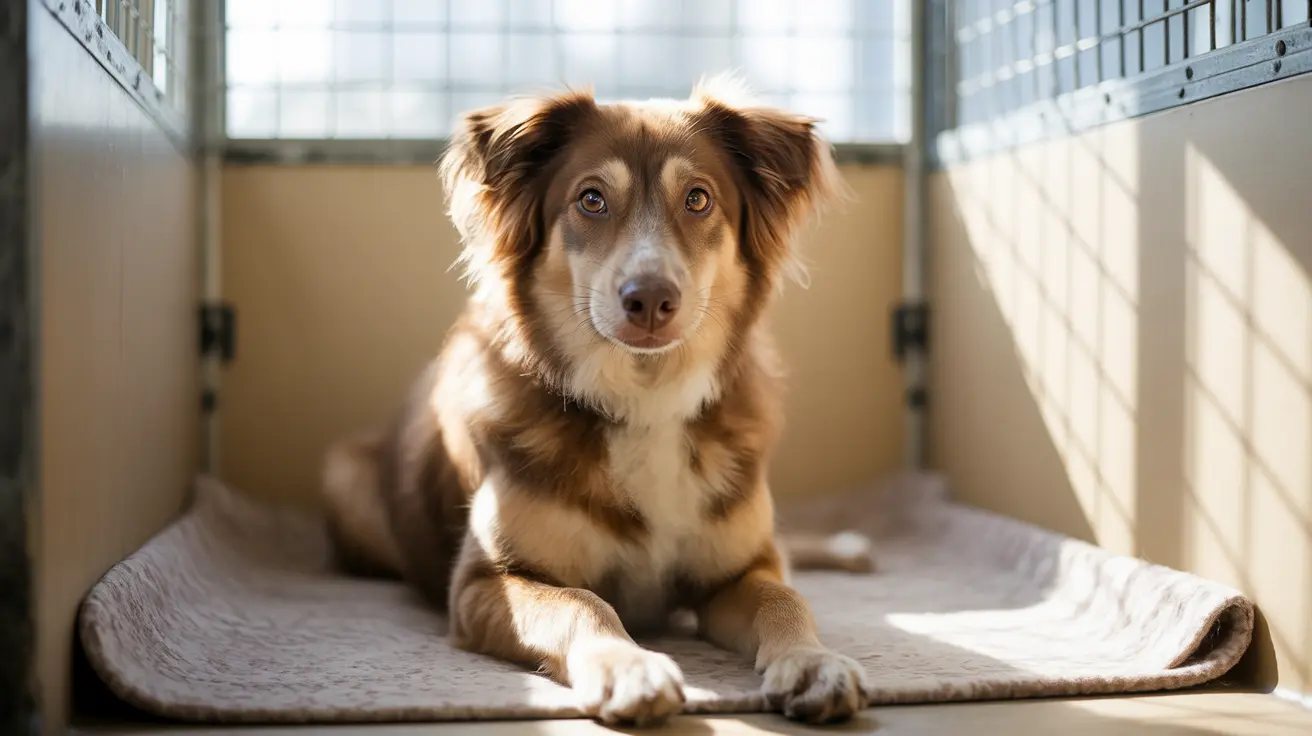What Is Included in Basic Dog Grooming?
Basic grooming is essential for maintaining a dog's health, hygiene, and appearance. A regular grooming routine not only keeps dogs clean but also strengthens the bond between pet and owner, aids in early detection of potential health problems, and promotes overall well-being. The specific grooming needs of a dog may vary depending on its breed, coat type, and lifestyle, but certain fundamental elements are common across the board.
1. Brushing and Combing
Regular brushing removes loose fur, prevents matting, and distributes natural oils across the coat, leading to a healthier, shinier appearance. Different tools serve different purposes:
- Slicker Brush: Ideal for detangling and removing mats, especially in medium and long-haired breeds.
- Bristle Brush: Best for short-haired dogs to enhance shine and oil distribution.
- Pin Brush: Used for fluffing and finishing furry coats.
- Undercoat Rake: Removes dense undercoat in double-coated breeds like Huskies.
- Combs: Fine-tooth and wide-tooth combs assist with smoothing and detangling various coat textures.
2. Nail Trimming
Overgrown nails can cause discomfort and lead to joint or posture issues. Using dog-specific nail clippers (either scissor or guillotine style) or pet nail grinders, owners should trim the tip regularly while avoiding the quick. Styptic powder is useful in case of accidental cuts.
3. Bathing
Bathing with dog-formulated shampoo removes dirt, dead skin, and allergens. Dog shampoos should be mild, sulfate-free, and suited to the dog's individual skin and coat needs. Conditioning is often recommended for long-haired breeds or dogs with skin sensitivities.
4. Coat Trimming and Clipping
Trimming is important for breeds with hair that grows continuously. Use:
- Professional Scissors and Shears: Straight, curved, thinning, and round-tipped for precision trimming in sensitive areas.
- Electric Clippers: Essential for consistent trimming. Choose corded or cordless clippers based on convenience and use appropriate blades or guard combs for safety.
5. De-shedding Tools
For dogs prone to heavy shedding, tools like de-shedding blades help remove excess fur and reduce hair around the house. These tools are especially helpful for breeds with dense undercoats.
6. Ear Cleaning
Regular ear cleaning helps prevent infections, especially in breeds with floppy ears. Use vet-approved solutions and soft pads, but avoid inserting anything into the ear canal.
7. Dental Hygiene
Brushing a dog’s teeth several times a week with pet-safe toothpaste and a soft brush helps prevent plaque, tartar, and gum disease. It’s a vital, yet often overlooked, aspect of dog grooming.
8. Drying the Coat
After bathing, towel-drying followed by a pet-specific hair dryer prevents skin irritation. High-velocity dryers are particularly effective for double-coated breeds to remove water and loose undercoat.
9. Tool Maintenance and Sanitation
Clean grooming tools after each use using antibacterial soap or rubbing alcohol. This prevents bacterial build-up and cross-contamination between animals.
10. Optional Additions
- Grooming Restraints: Help keep excitable dogs calm and stable.
- Safety Gear: Gloves, aprons, and a basic first aid kit should be handy during grooming sessions.
- Storage Box: Keeps all tools organized and transportable.
Best Practices for Basic Grooming
- Begin grooming at a young age to make the dog comfortable with the routine.
- Use positive reinforcement like praise and treats to encourage good behavior.
- Adjust frequency of grooming activities based on breed and coat type.
- Inspect skin and coat for abnormalities during grooming.
- Take breaks in long sessions to keep the dog calm and avoid tool overheating.
- Introduce grooming tools gradually, allowing the dog to become familiar with them.
Breed-Specific Considerations
Some breeds need special care:
- Short-haired breeds: Lower maintenance, but still benefit from weekly brushing.
- Long-haired or double-coated breeds: Require frequent brushing and periodic deshedding.
- Poodles and Bichons: Need regular professional cuts plus weekly home maintenance.
- Sensitive-skinned dogs: Benefit from hypoallergenic products and quieter grooming tools.
In conclusion, basic grooming is essential for ensuring a dog's comfort, cleanliness, and health. With the right tools and techniques, most owners can perform essential grooming tasks at home, supplementing with professional services as needed.





